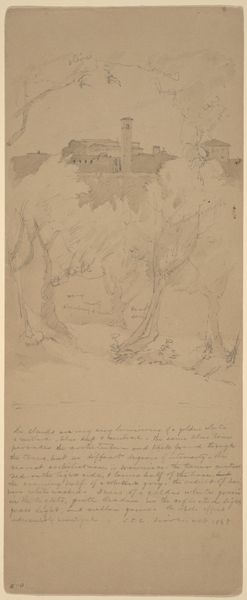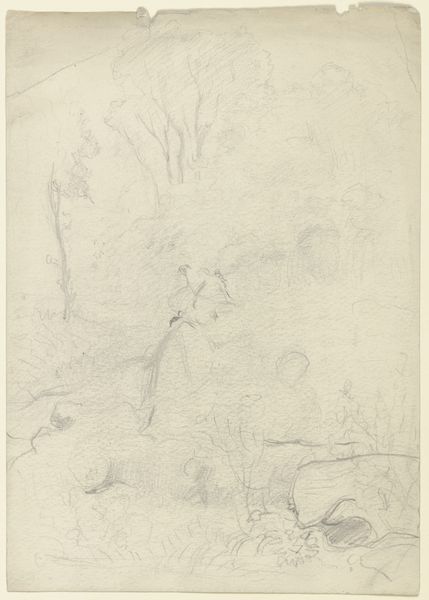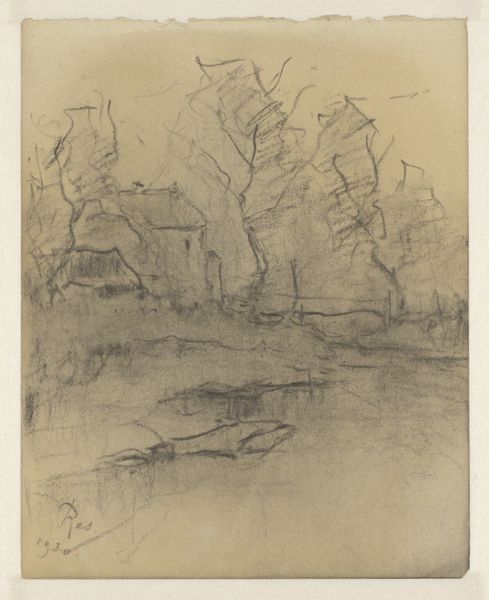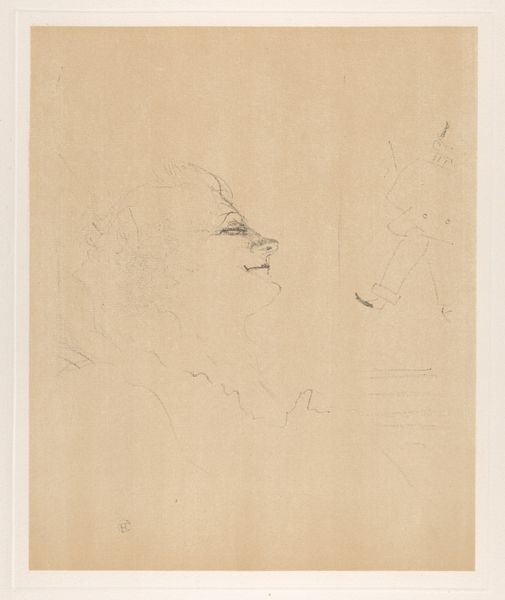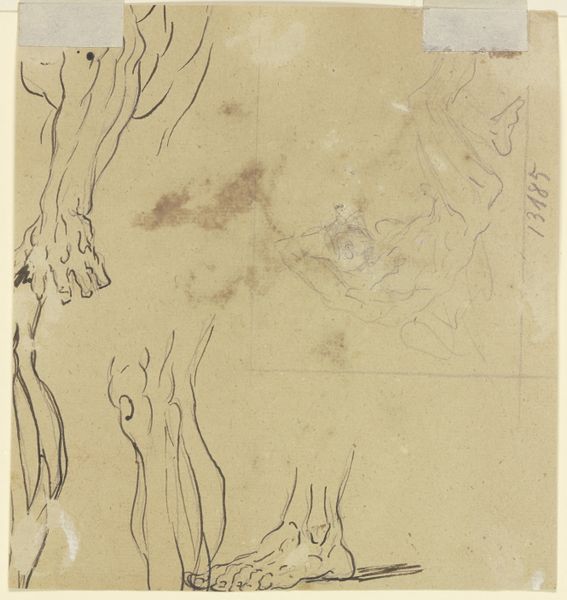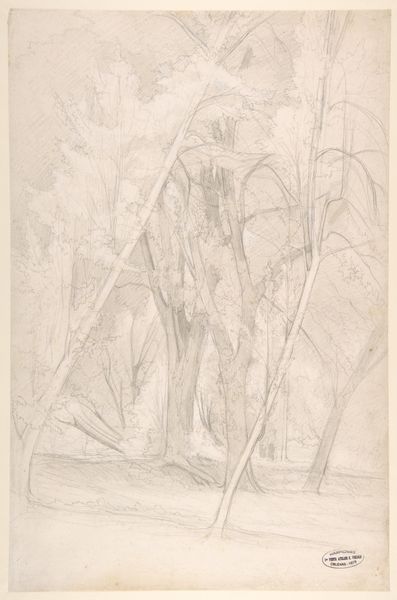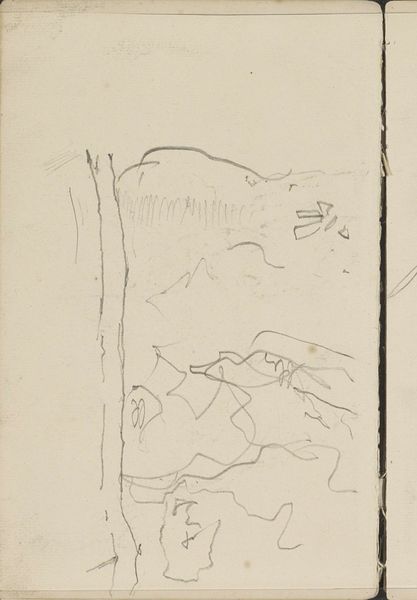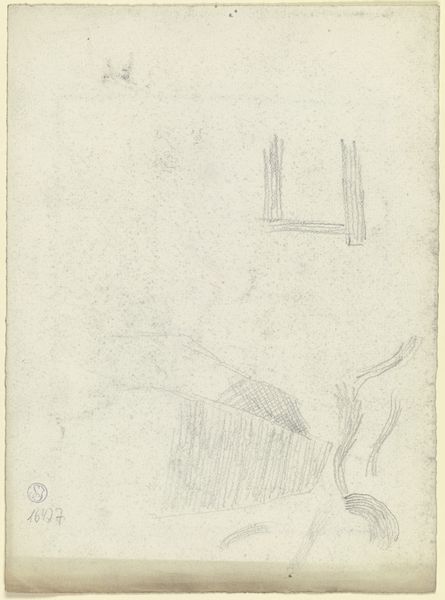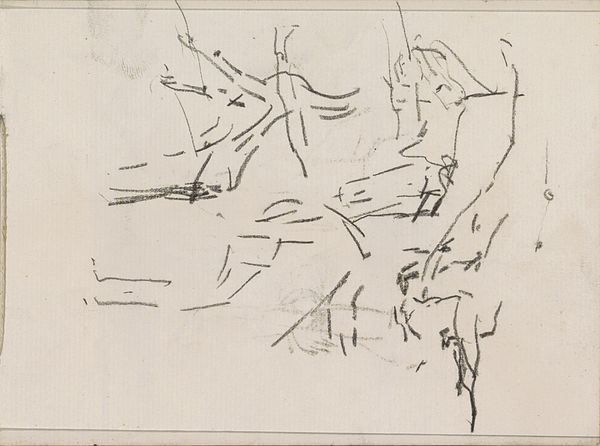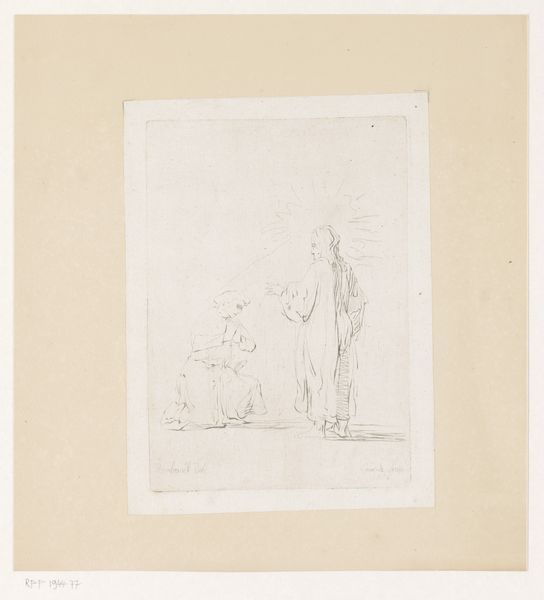
drawing, pencil
#
drawing
#
comic strip sketch
#
light pencil work
#
quirky sketch
#
landscape
#
personal sketchbook
#
idea generation sketch
#
sketchwork
#
ink drawing experimentation
#
pencil
#
line
#
sketchbook drawing
#
storyboard and sketchbook work
#
sketchbook art
Dimensions: height 242 mm, width 154 mm
Copyright: Rijks Museum: Open Domain
Jan Hoynck van Papendrecht produced this landscape drawing using graphite on paper. The Dutch artist was known for his military scenes, but here he uses landscape to explore ideas of national identity and cultural heritage. Drawn in the late 19th or early 20th century, the image creates meaning through its quick and fluid lines which conjure up a particular mood and atmosphere. We can see the influence of the Hague School, a group of Dutch artists who emphasized realism and the depiction of everyday life. The institutional histories of art academies at the time, such as the Royal Academy of Art in The Hague, played a role in shaping the artist's style and approach. As an art historian, my work is to look at the social conditions that shape artistic production. By researching the cultural context in which the artwork was made, we can gain a deeper understanding of its meaning and significance. Ultimately, the meaning of art is contingent on its social and institutional context.
Comments
No comments
Be the first to comment and join the conversation on the ultimate creative platform.

